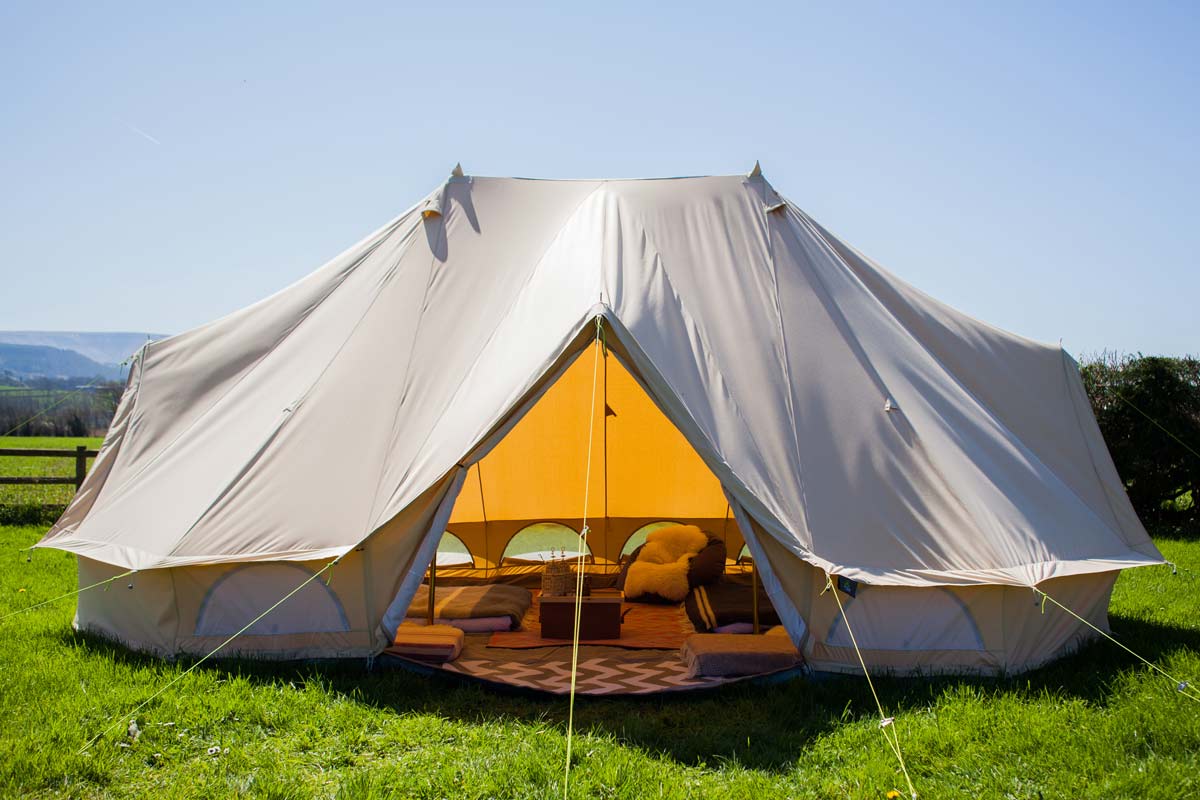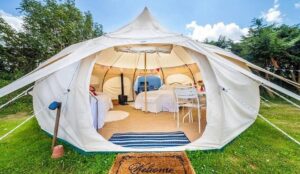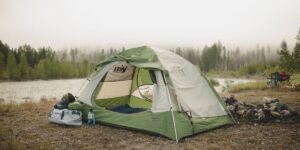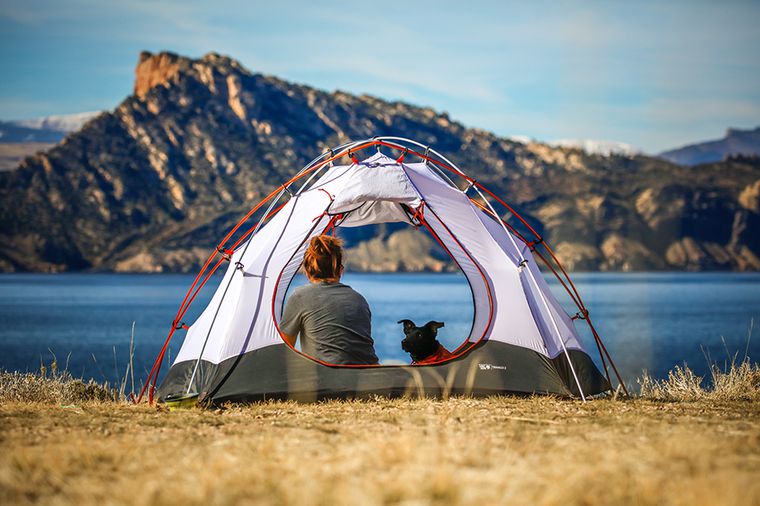
There are many reasons to take the family on a camping trip. Quality time, memories that become part of family lore, tenting can be done at a beach, desert, mountains, and woods or even the backyard. The cost of camping sites compared to the cost of hotel rooms is a real bargain deal. Another reason to begin camping is health and relaxation. Un-loading the car, setting up the campsite, finding your own firewood and taking down your campsite will give you more exercise than you would ever imagine. As for relaxation, when the chores are done and you are relaxing around the campfire with your family the quietness around you bring peace and tranquility to you.
When purchasing a tent for family camping I have included some information that should be taken into consideration:
When choosing a tent there are several things to consider. If there are small children in the family, you may want to get a larger tent. There are several drawbacks to buying a larger tent such as the weight. Lugging the tent from the car to the campsite maybe a little too much exercise. The bulk size may also make packing the car more difficult. Finding an area level and large enough for the tent is also a factor as tents should be on level ground if at all possible. Another reason is privacy, when the children are younger it is not a problem, but as they get older they may have their own privacy issues.

Basically, tents will come in four different shapes. The A-frame, umbrella, geodesic or “dome”, and wall tents. The A-frame is a pup type tent but can come in larger sizes. The umbrella tent is usually used as a family camping tent as it has lots of standing room with large windows and a rain fly over the top. The geodesic has many shapes, but they all look like combinations of connected triangles, while the wall tent is similar to an A-frame tent, but is generally larger and has vertical sidewalls. It is preferable to get a tent with a square-shaped floor plan as they are more efficient in laying out your sleeping and other gear.
Tent poles will come in either aluminum or fiberglass and most are linked together with an elastic shock cord to make it easier when setting up. Many tent manufacturers provide emergency repair links for you to carry along on the trip as poles are susceptible to bending or breaking.

Most tents are now made of coated nylon waterproofing, with nylon mesh used for inner walls. Most of the better tents have no-see-um mesh used for the window screens and use thicker fabric or rip-stop fabric. Testing the zippers when purchasing is a top priority as they should open and close freely and not catch and bind upon the tent fabric. The zippers should be made of a non-rusting material.
Another item to be addressed is the seams as they should be reinforced with nylon tape. The tape should be stitched into each seam to make the seam stronger and more weatherproof. The seams in a nylon tent such as in the fly and floor should be waterproofed with a seam sealer. New tents should come with a bottle of seam sealer if do not one should be purchased. It is generally a good idea to set up your tent in the yard before beginning your trip and apply the sealer. You should always allow the sealer to dry before you pack the tent. The re-sealing of the seams should be done on a yearly basis before embarking on your camping trip.
Contributed by: happierCamping.com foremost experts in Camping and outdoor adventure
- Best Camping Sites In India - May 28, 2023
- 10 Essential Items For A Comfortable Camping Trip - May 4, 2023
- The Best Camping Tents For Families - May 4, 2023

